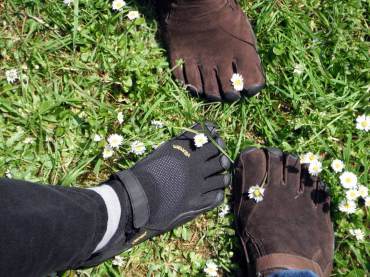
We all would like to have a beautifully landscaped yard that we can take time to enjoy. Some people love to putter in the garden and are proud of their artistic endeavors. Whether you enjoy it or not, many garden chores take a lot of time that you may not have.
A bit of weeding can be a relaxing chore, but it is usually an endless task that is never fully completed. How can we plan our garden so we can spend less time toiling and more time enjoying it?
Taking care of a lawn may seem easier than keeping ahead of a weed patch — you can just mow it down. But keeping a lawn is also labor intensive. A perfectly manicured lawn needs regular mowing and edging, and requires keeping noisy, polluting equipment in working order.
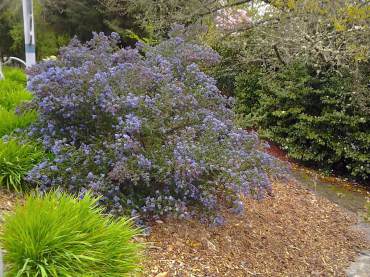
Personally, I have a hard time pull-starting messy, noisy gas mowers and trimmers. Battery-operated machines are limited by their battery life. I now have an electric spin-trimmer with a 100-foot electric cord. At least it always works.
Lawns are useful if you need a play area for kids or dogs. A lush, green lawn may elicit nostalgic childhood memories of the feel of soft blades of grass between your toes while running barefoot in a field of green.
But, traditional lawns are generally not very eco-friendly due to the fact that homeowners often apply a lot of water, fertilizers and pesticides to maintain a green expanse that consists of just a few grass species.

A more environmental alternative is an ecolawn. An ecolawn is a blend of carefully selected grass and wildflowers, based on research from Oregon State University. It generally requires less irrigation and fertilization once established. It may only need to be mowed two or three times a season.
You can order seed from Nichols Garden Nursery or Protime Lawn Seed. I recommend Nichol’s “Dryland Ecology Mix” or Protime’s “Fleur de Lawn.”
You may want to go even further and totally eliminate all your lawn areas. Many people do this in stages, removing turf a section at a time and replacing it with trees, shrubs and groundcovers.
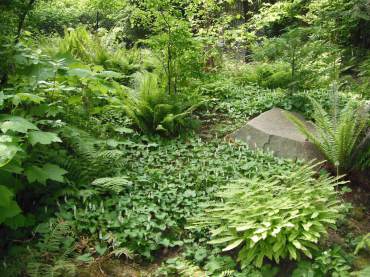
It is best to start with a plan. Identify areas for outdoor living space such as patios. Plan pathways and any secluded nooks to include arbors or benches.
Do you want any raised beds for vegetables? You can always raise colorful annuals in containers on your patio. Create zones for high-water-use plants such as annuals, perennials and vegetables and for those that will need little or no irrigation.
Once you get a basic layout in mind, you can start selecting appropriate plants. Start with largest plants to create a framework. Native plants are the best choice for the overall ecology of your yard and they are the best adapted to our climate. Mediterranean plants such as lavender are also good choices.
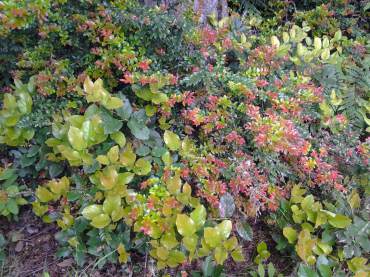
Try to choose the right plant for the right place, paying attention to each plant’s sun, shade and moisture requirements, and their ultimate size. Select plants to achieve special goals such as attracting wildlife (hummingbirds, butterflies, etc.), creating a screen or controlling erosion — or perhaps plants for food, deer resistance and so on.
After you decide on some appropriate plants, try working them into an artistic design using the design elements: focal point, scale, form, texture, color, balance and movement. Designing a landscape is not only three-dimensional; it is four-dimensional because you need to visualize changes through time — the seasons, years, decades, centuries.
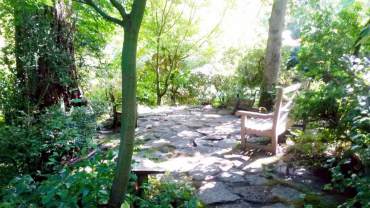
The key to having a low-maintenance yard is to get groundcovers established quickly to outcompete weeds that would otherwise take over. “Nature abhors a vacuum!” It is important to mulch bare areas.
Always be on the lookout to get inspiration from nature, other gardens and landscapes. And once you achieve your dream, low-maintenance, garden goal, you can sit down and relax in your golden years!





























